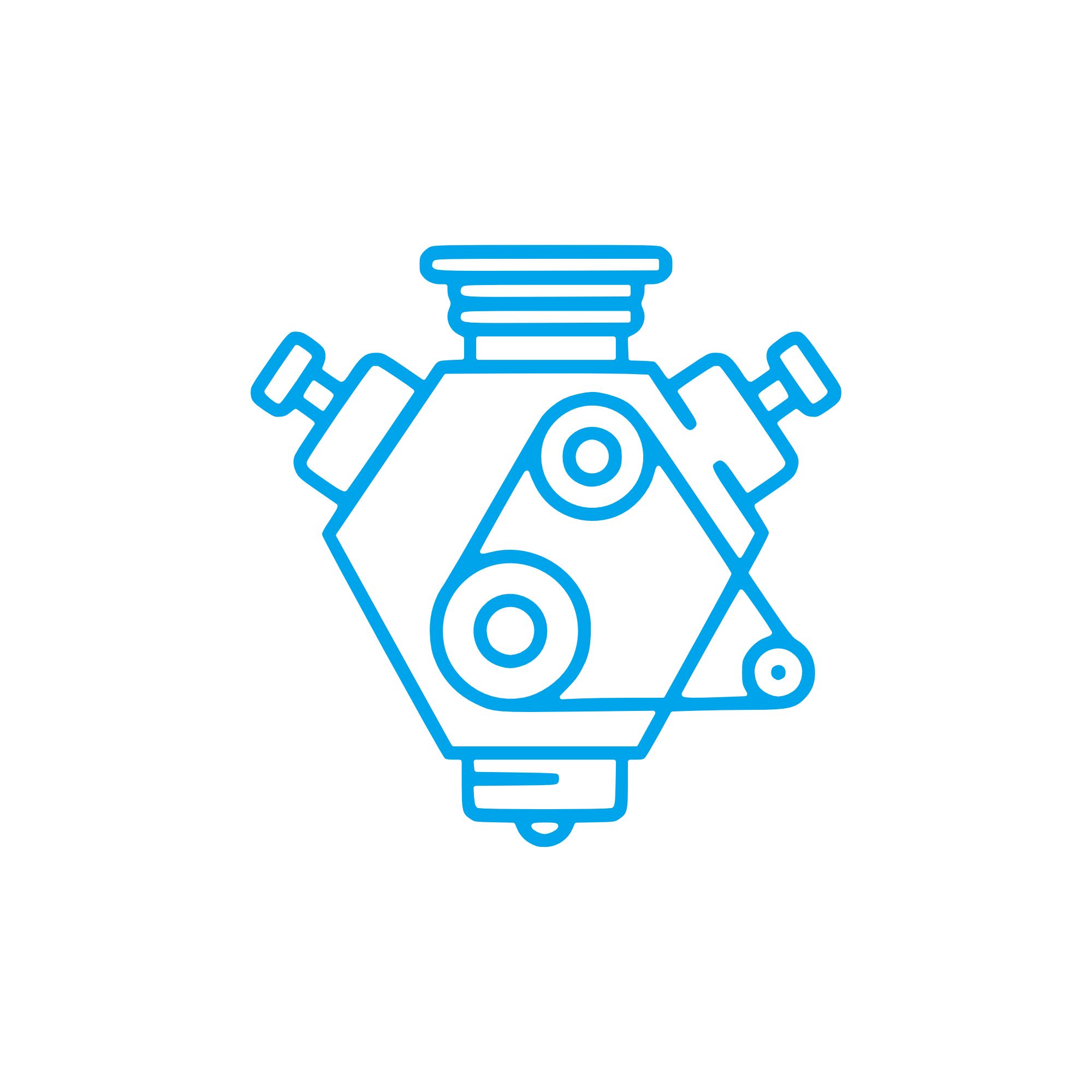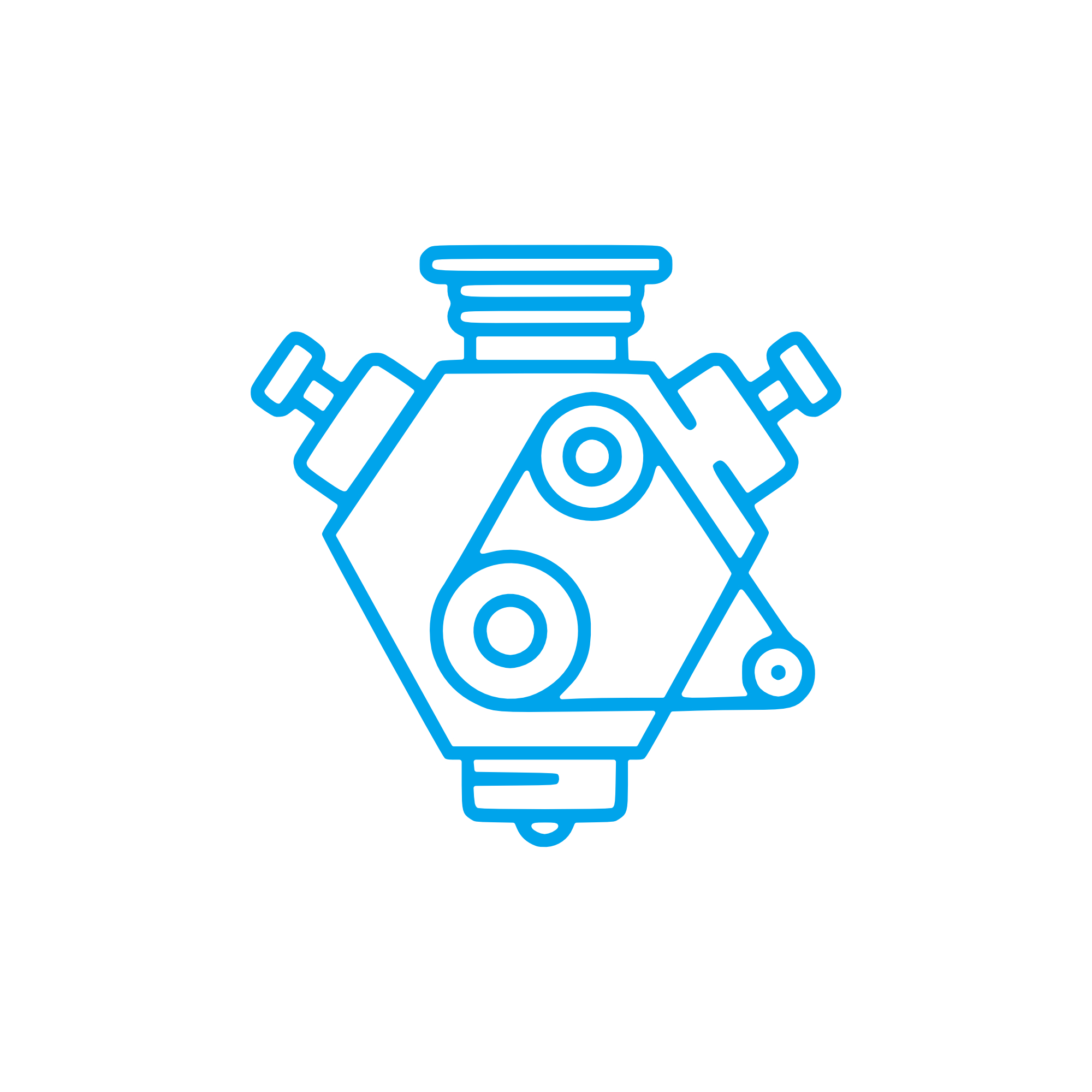CRANKSHAFT recondit. for Engine Drive Components
Engine drive components are the core mechanical elements that convert combustion energy into controlled, usable rotation and reliably transmit that power to propellers, generators, and auxiliaries. This article category covers the parts that sit at the heart of every prime mover: crankshafts, flywheels, torsional vibration dampers, timing gears, drive gears, couplings, and related hardware. Together, they determine how smoothly, efficiently, and safely a power unit runs—whether in a deep-sea marine engine, a land-based diesel engine for power generation, or a gas engine in industrial service.
Because these components handle peak combustion loads, cyclic torsion, and continuous thermal stress, they must be manufactured and maintained to precise tolerances. Even minor deviations in journal roundness, gear backlash, or balance factor can escalate into vibration, bearing distress, or catastrophic failure. Within this context, CRANKSHAFT recondit. plays a decisive role in restoring geometry and balance to specification, ensuring the entire engine drive train performs as intended across thousands of operating hours.
Technical function of engine drive components in diesel and gas applications
The crankshaft converts the linear force of pistons into rotational motion through its journals and crank throws. Its integrity governs bearing load distribution, oil film stability, and the engine’s fundamental smoothness. The flywheel stores rotational energy, evening out torque delivery between power strokes and stabilizing idle and low-load operation. Torsional vibration dampers (TVDs) absorb crankshaft twist at resonance points, protecting the shaft and gear train from cyclic stress. Timing and drive gears synchronize camshafts, fuel injection equipment, and auxiliary pumps; their backlash and tooth profile are critical for injection timing accuracy. Couplings and flexible elements transmit torque to propellers or generators while compensating for alignment and movement.
For fleets and power producers, CRANKSHAFT recondit. for a marine engine restores journal roundness, fillet radii, and surface finish (Ra/Rz) while re-establishing correct dynamic balance. In heavy-duty power generation, CRANKSHAFT recondit. on diesel engine platforms reduces torsional peaks that would otherwise shorten bearing life and compromise SFOC (specific fuel oil consumption). When aligned with exacting OEM parts specifications, CRANKSHAFT recondit. with OEM parts harmonizes the crankshaft, TVD, and flywheel as a system, ensuring that balance grades, keyways, and bolt patterns match the intended design envelope.
- · High-strength metallurgy and controlled heat treatment for fatigue resistance.
- · Precision journal tolerances to maintain stable hydrodynamic oil films.
- · Correct dynamic balancing to reduce radial and torsional vibration.
- · Optimized tooth geometry and backlash in timing and drive gears.
- · Effective torsional vibration damping to protect bearings and shafts.
- · Robust couplings that transmit torque while managing misalignment.
- · Consistent surface finishes for reduced friction and wear.
- · Engineered fasteners and fits that retain clamping force under load.
Why engine drive components are critical for reliability and service life
Engine drive components define the reliability baseline of any prime mover. If the crankshaft is out of round by microns, oil films thin at the load zone, accelerating bearing metal transfer and temperature rise. Inadequate TVD performance allows resonance to amplify, driving up torsional angles and inducing micro-cracks at crank fillets. Excess gear backlash or worn profiles disturb cam and injection timing, elevating emissions, fuel consumption, and exhaust temperatures. Mis-specified couplings or degraded flexible elements transmit shock loads into the reduction gear or generator, increasing downtime risk.
Left unchecked, these issues compound: vibration loosens fasteners, widens keyways, and fatigues shafts; lubrication films collapse, creating scoring and hot spots; timing drift causes hard starting and uneven power delivery. In a marine engine, such progressive faults can force emergency diversions or off-hire events; in a stationary unit, they result in unplanned outages, higher lifecycle costs, and safety concerns.
Advantages of OEM spare parts suitable for engine drive components
Precision and material integrity are non-negotiable for parts that bear peak torque and high cycle fatigue. OEM spare parts suitable for engine drive components deliver the dimensional control, heat treatment, and surface engineering that these assemblies demand. Journal and gear tolerances match the intended fits; surface coatings, nitriding, or induction hardening are applied where needed; and balance and phasing data align with the crank, flywheel, and TVD as a mated set. For technical buyers, this translates into predictable behavior under load, clean installation without rework, and stable performance across service intervals.
From a budget and uptime perspective, using OEM spare parts minimizes the risk of re-machining, alignment complications, and premature wear. Traceable materials and consistent specifications preserve bearing clearances, keep torsional response within design limits, and safeguard the surrounding equipment—from oil pumps and cam drives to reduction gears and alternators. In practice, this reduces fuel penalties from vibration-induced losses, lowers the incidence of alarm events, and extends overhaul intervals.
CRANKSHAFT recondit. and OEM parts alignment
Crankshaft machining is most effective when journals, thrust faces, and counterweight assemblies are restored in tandem with compatible components. During CRANKSHAFT recondit. diesel engine maintenance cycles, matching the TVD, flywheel, and fasteners to OEM parts specifications ensures the recalibrated system behaves as designed at critical orders. For a marine engine exposed to load swings and swell-induced propeller effects, this alignment prevents resonance bands from overlapping with operational RPM ranges, protecting the shaft line and bearings over long voyages.
MOPA: reliable partner for OEM spare parts Engine drive components
MOPA supports purchasers, shipowners, and plant operators with fast, secure sourcing of OEM spare parts suitable for engine drive components. Our team understands crank-to-flywheel interfaces, balance data, gear backlash classes, and the documentation required for diesel and gas engines in classed and industrial environments. With a focus on speed, quality, and transactional security, MOPA streamlines procurement—from identifying the correct specification and revision to coordinating logistics that reduce downtime. The result is predictable fit, clean commissioning, and dependable operation across your fleet or facility.
Conclusion
Engine drive components determine how efficiently and safely power is created and delivered. Accurate CRANKSHAFT recondit. combined with OEM spare parts preserves the designed dynamics of the crank, gears, dampers, and couplings—sustaining performance and extending service life. With MOPA as a partner, technical buyers gain rapid, reliable access to compliant parts that keep diesel and gas engines running at their best.



